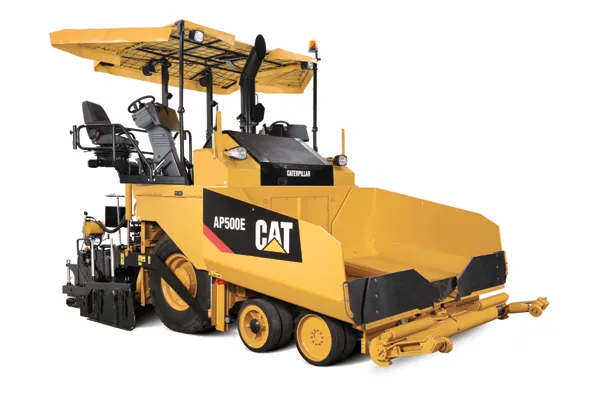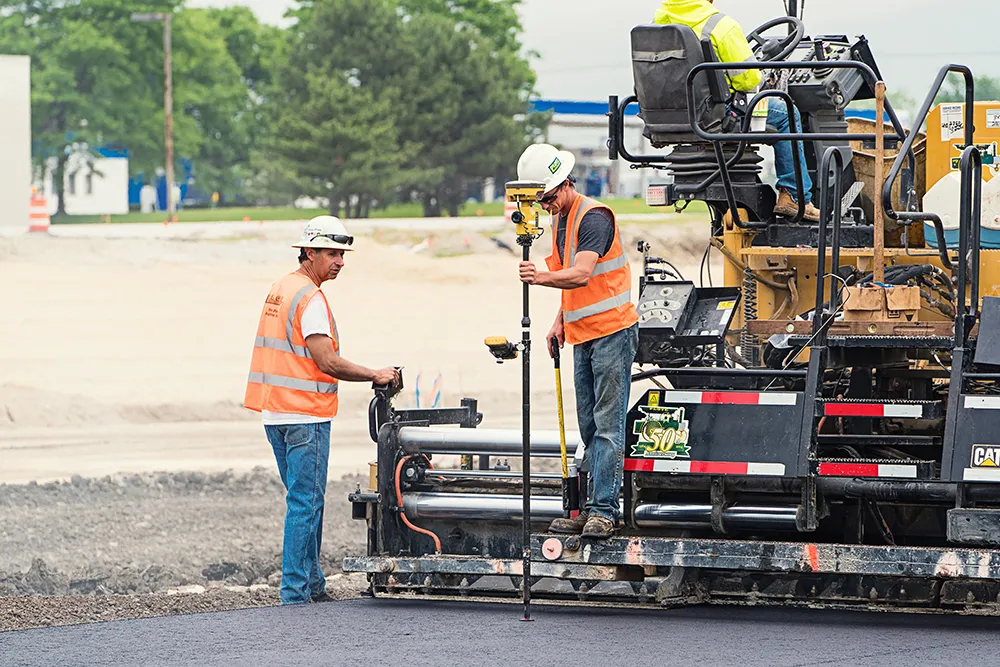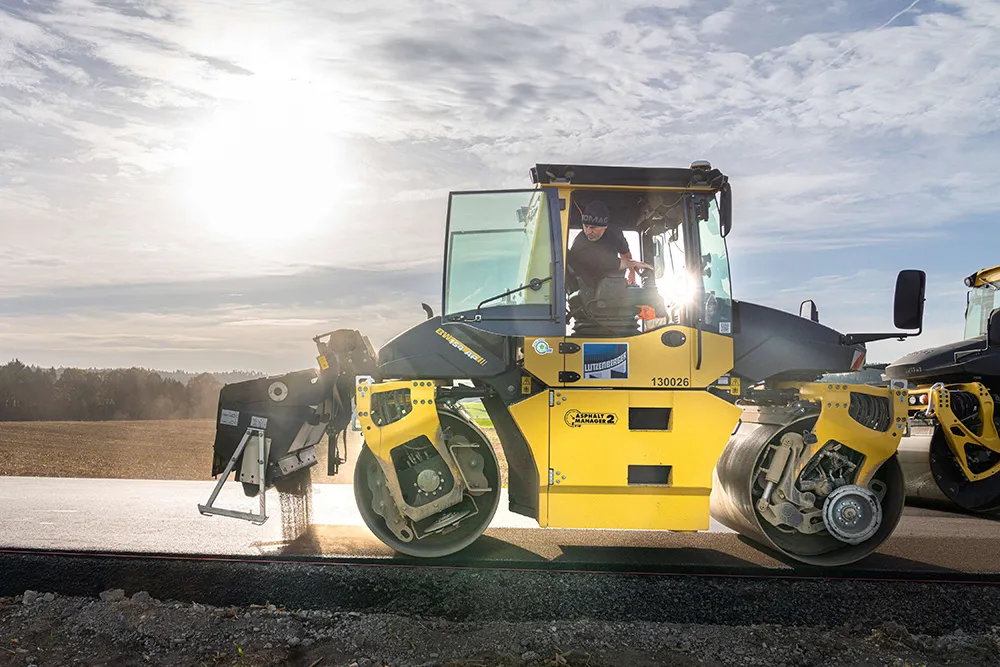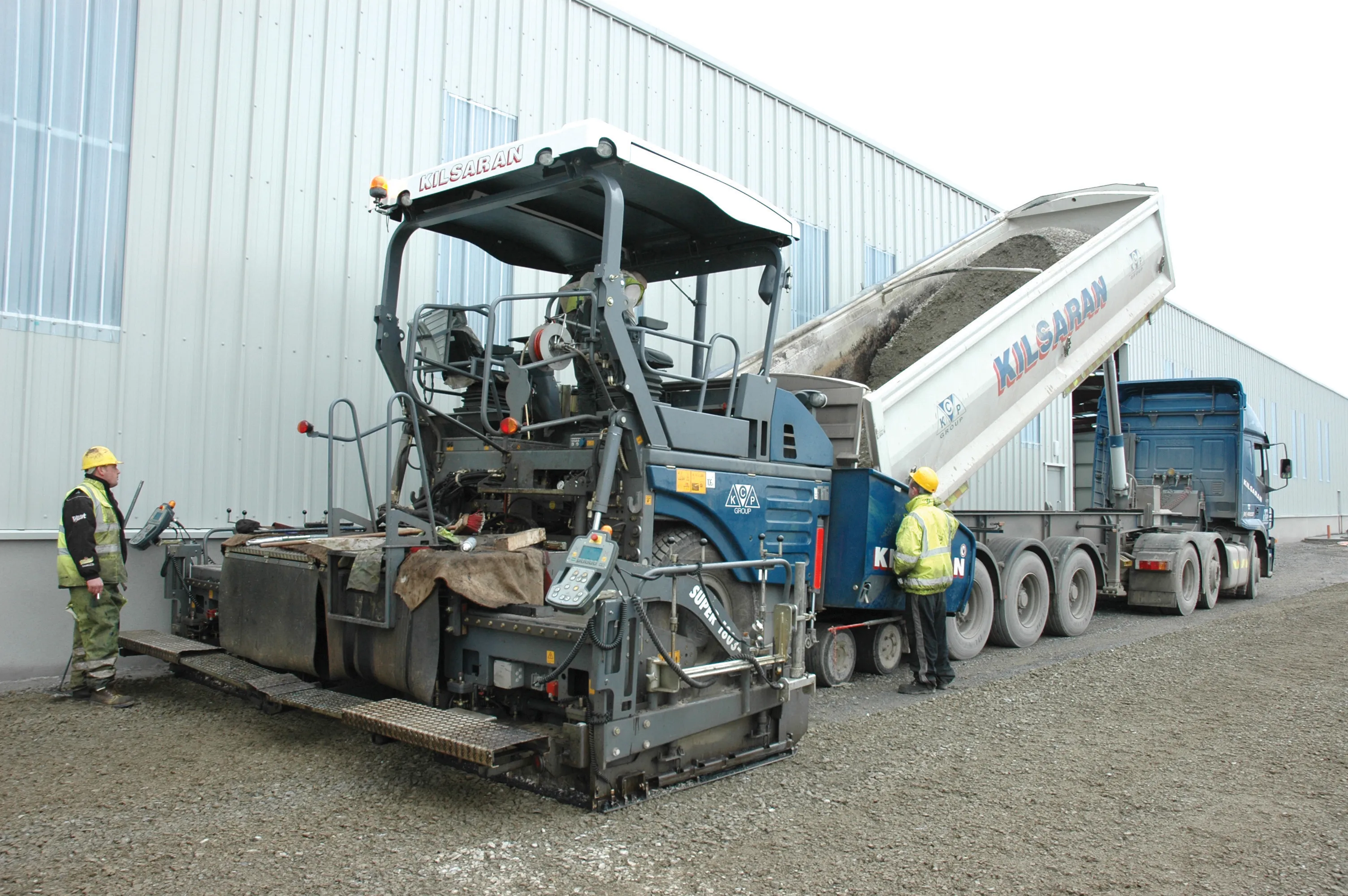Caterpillar Paving has added the AP500E wheel-type asphalt paver to its Paving Products machine family. The AP500E, when equipped with the new AS4252C electric heat screed, has an operating weight of 16,145kg, and features a Cat C4.4 engine with ACERT Technology that is European EU Stage IIIA engine emission-compliant. It also offers dual operating stations with Advisor display, tilting consoles, high capacity cooling system, belt-driven generator, and a special material handling system with independent con
February 13, 2012
Read time: 2 mins

The AP500E, when equipped with the new AS4252C electric heat screed, has an operating weight of 16,145kg, and features a Cat C4.4 engine with ACERT Technology that is European EU Stage IIIA engine emission-compliant. It also offers dual operating stations with Advisor display, tilting consoles, high capacity cooling system, belt-driven generator, and a special material handling system with independent conveyor and auger controls.
The Advisor monitoring system provides an interactive interface to assist the operator, and includes project planning calculators, start-up checklists,
engine operating conditions, and many other features to assist the operator. The system also lists fault codes for machine functions, making troubleshooting quick and easy.
A position sensor helps maintain consistent travel speeds, and with mobility and consistent speeds among the keys to efficient paving operations, the Cat system is equipped with automatic speed control and three propel/steering modes: PAVE, TRAVEL and MANEUVER. The TRAVEL mode provides speeds of up to 16km/hour, enabling the AP500E to be quickly repositioned around the job site; PAVE enables the automatics for mix delivery, while the MANEUVER mode allows 0.75m inside turning radius.
The material handling system with automated controls reduces segregation potential and maximises efficiency for higher mat quality, and utilises four individual pumps that enable each conveyor and each auger to deliver the exact amount of mix to the screed.
The AS4252C features variable frequency tamper and vibrators and an electric heating system providing fast warm-up, simple operation and reliability.
It is a double width hydraulic power extendible asphalt screed with a standard paving range from 2.55m-5m and a maximum paving width of 7m with bolt-on mechanical extensions. The extenders utilise 330mm wide screed plates, allowing it to work close to obstacles.









